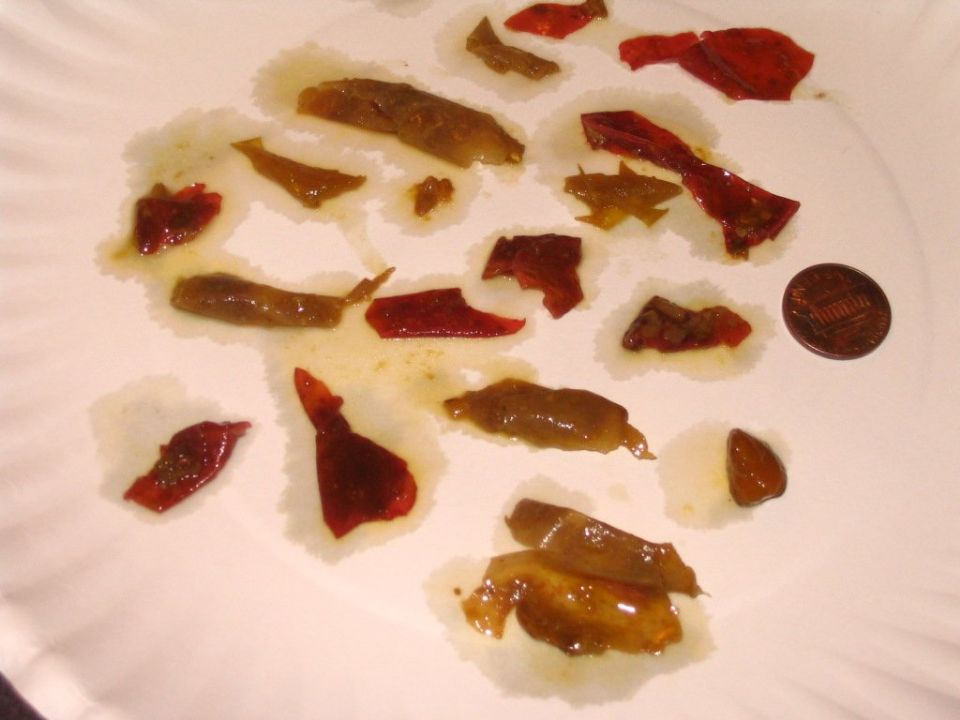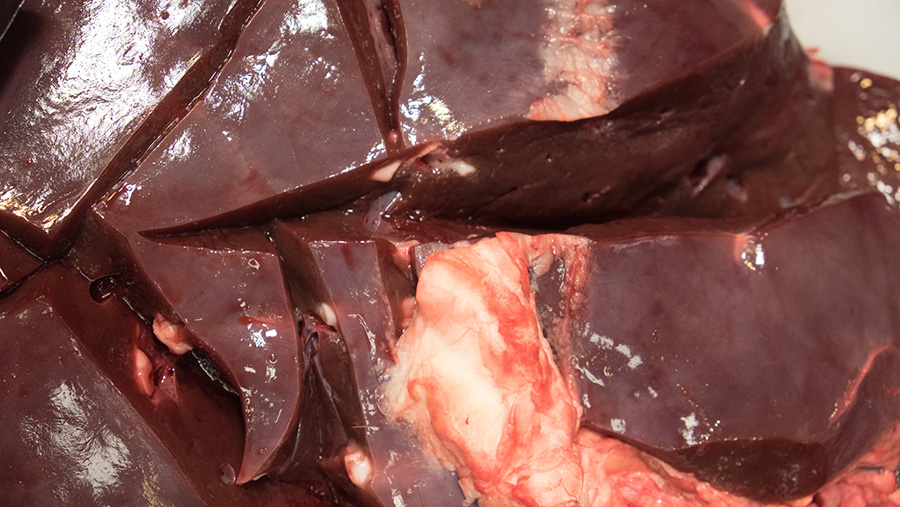

This condition is also called Fascioliasis. Liver fluke, scientifically known as Fasciola hepatica are parasites that can live in the liver of living beings and can lead to liver fluke disease.


While Dicrocoelium and Fasciola do appear to have shifted to alternative intermediate hosts available in the Americas, the Chinese liver fluke and Southeast Asian liver fluke seem closely bound to the species of water snail endemic to their home range and that has prevented the spread of these flukes to other continents.Numerous parasites that live in the human body can lead to a number of diseases, which may range from mild to very life-threatening. They also introduced new strains of Fasciola to those already present in South America, so increasing genetic diversity.

When Europeans migrated to the Americas with their farm animals, the evidence suggests they were responsible for the spread of lancet liver fluke to a new continent. Once the practice of farming was sufficiently established (10,000–12,000 years BP), their interaction with the herbivores they herded placed them at increased risk of infection by Fasciola if they ate aquatic plants growing in ponds where they brought their herds to drink. Individuals following a hunter-gatherer lifestyle would have originally been exposed to these parasites by their catching and eating uncooked wild animals, such as fish and ants. Here, we have shown that liver flukes have had a close biological relationship with humans and their ancestors for millions of years. It is clear that human activity and migrations have played a key role in the expanding geographical range where we find liver flukes endemic today. We explore when and how some species have been able to spread across the world, whereas others are limited to particular geographic regions because of the endemic distribution of snail and vertebrate intermediate hosts. These flukes spread to humans from wild animals in early prehistory because of our ancestor’s hunter-gatherer lifestyle and later from farm animals after the development of agriculture. The archaeological evidence for different species of fluke helps to show in which periods of human history they were most common. DNA evidence is used to investigate the evolutionary origins of the major species of liver flukes. We use our knowledge of where different kinds of liver flukes are endemic to estimate when and where human ancestors would have been exposed to infection over deep time. Our focus is on Clonorchis sinensis (Chinese liver fluke), Fasciola hepatica (sheep liver fluke), F. gigantica (giant liver fluke), Opisthorchis viverrini (Southeast Asian liver fluke), O. felineus (cat liver fluke), and Dicrocoelium dendriticum (lancet liver fluke). Here, we describe the range of flukes that can survive in the human liver and the health consequences that result from infection. The complex way in which humans have interacted with their environment, and the animals that live alongside them, has affected our ancestors’ risk of infection by these helminths for millions of years. The species of liver fluke that infect humans are zoonotic parasites that we share with other animals.


 0 kommentar(er)
0 kommentar(er)
